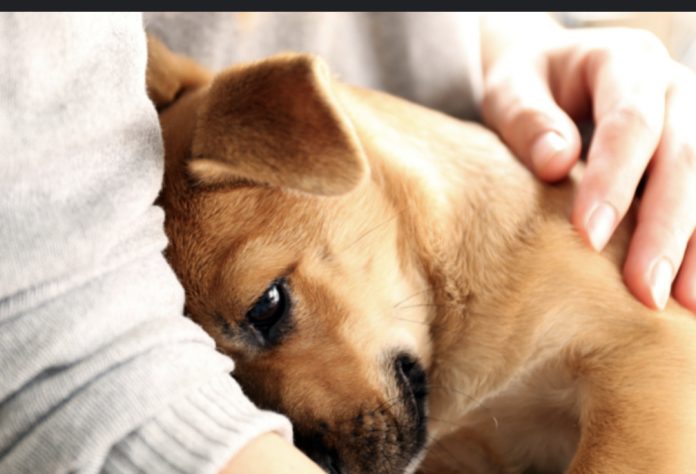New research just published has revealed that many dog owners with children in the home underestimate how a child giving their dog a cuddle can compromise a dog’s freedom of choice which could lead to bites and other negative reactions.
In a paper published in the journal CABI Human-Animal Interactions, by a University of Salford academic, and funded by charity Dogs Trust, a group of families with at least one child aged 7-12 years old and a family dog in a wide range of breeds, were recruited to participate in whole family semi-structured interviews. These were then analysed to come to the findings. Anna Baatz, PhD candidate from The University of Salford led the research.
Previous studies have shown that dog bites in the home have been increasing in recent years, but is unclear why that is. There is growing scientific interest in the benefits for children of interacting with and engaging with domestic dogs.
The study explored the lived experiences of family units supervising interactions between children in middle childhood between the ages of 7 and 12 and the family dogs.
As well as looking at the emotional and mental effects of interactions with our canine friends, it explores dog’s behaviours in these interactions and how to avoid harmful behaviour from interactions with dogs and what might trigger it, to prepare families to look for signs, especially in situations where a child is continually interacting with a dog when it doesn’t want to.
Anna said: “As a parent and dog owner myself I was driven to this research to look at dog behaviour and sought out to answer a question that has been posed by my son multiple times: ‘Do dogs like being cuddled?’
“I was unable to provide him with an adequate answer so wanted I to. The answer really is ‘it depends!’. We looked at a variety of breeds, from Staffies to Shih Tzus as part of this research.
“Family dogs in the study who were given freedom of choice to move to the child, or move away when they wanted to, often behaved as if they enjoyed the cuddle with the child, however, when these interactions were initiated by the child with the dog having no choice in the matter, often the dogs would growl, snap or show distress.”
Many people enjoy cuddling their pets, but these findings suggest that children are likely to be safer if they understand that dogs need to have a choice in an interaction, for example children should know to call a dog over to them, allowing them to choose to not approach for a cuddle if they do not want one.







